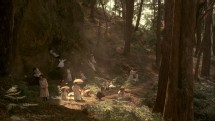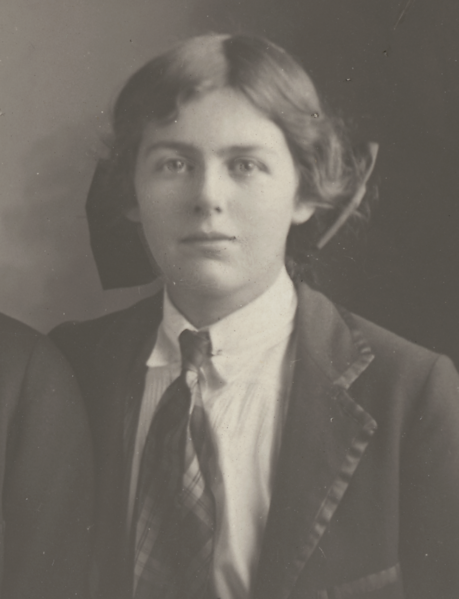Beyond the Rock

(by Janelle McCulloch) (2017)
Do you know where you were in the early afternoon of August 8th 1975? Thanks to Janelle McCulloch, I do. I was at the world premiere of Peter Weir’s film Picnic at Hanging Rock. It is not that I could ever forget that day – it changed my life – but I was not sure of the date. The closest I have come to finding a description of the feeling which this film aroused in my upon my first viewing is C S Lewis’s explanation of what he calls “joy.” This is from his memoir – “Surprised by Joy”. He is talking about “imaginative experiences” – “The first is itself the memory of a memory. As I stood beside a flowering currant bush on a summer day there suddenly arose in me without warning, and as if from a depth not of years but of centuries, the memory of that earlier morning at the Old House when my brother had brought his toy garden into the nursery. It is difficult to find words strong enough for the sensation which came over me; Milton’s “enormous bliss” of Eden (giving the full, ancient meaning to “enormous”) comes somewhere near it. It was a sensation, of course, of desire; but desire for what? not, certainly, for a biscuit-tin filled with moss, nor even (though that came into it) for my own past. Ἰοῡλἱανποθω [I long for too much!] and before I knew what I desired, the desire itself was gone, the whole glimpse withdrawn, the world turned commonplace again, or only stirred by a longing for the longing that had just ceased. It had taken only a moment of time; and in a certain sense everything else that had ever happened to me was insignificant in comparison.” Lewis relates it to the German word “sehnsucht”, or longing for longing, (not for the satisfaction of the longing)…
Time and place are not so certain in Weir’s film, or the book on which it is based, Lady Joan Lindsay’s “Picnic at Hanging Rock”. In “Beyond the Rock”, a biography of Lady Joan Lindsay and her seminal novel, the author has synthesised years of research, archival delving and the interviewing of countless witnesses to provide us with a picture of Joan Lindsay, her unmatchable work of gothic Australian fiction and the stupendous Australian film of the novel. As Lady Joan Lindsay herself said, the ripples of whatever happened or did not happen, have never ceased to lap against the shores of today. The endless theories about the fictional or non-fictional disappearances, the fashions of Milan and Sofia Coppola’s “The Virgin Suicides” are lively examples of that influence, just as The Varnished Culture’s own analysis of Lindsay’s literary influences was informed by McCulloch’s research on her library at Mulberry Hill.
Lady Joan’s was a life of privilege, (relative) poverty, conservatism, unrestrained bohemianism, class consciousness and the disregard of linear time. Janelle McCulloch captures it all with insight and delicacy. Her opening paen to Hanging Rock itself is worthy of Lady Joan herself. As Anne-Louise Lambert, (who played Miranda to such stunning effect in Peter Weir’s film) says, the film and novel are stories of loss and the breakdown of communication. That is of course the story of our land itself. The incongruity of its native inhabitants and those who came later; the beauty and the terror, the fey and the harsh reality are all brought together in this masterly work – a must-have for anyone interested in Australian fiction, essential film, the numinous, geology, mathematics, the seductive lethality of the Australian bush, life and death.
Leave a comment...
While your email address is required to post a comment, it will NOT be published.



0 Comments